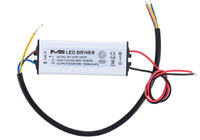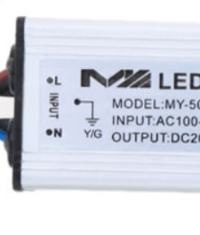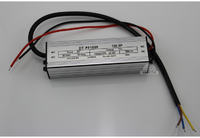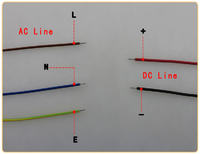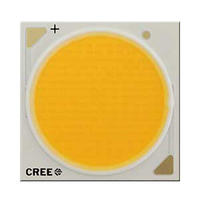Tonser wrote: The end of the cable seems to have a ring end. Is the power supply not fastened somewhere by screwing?
After all, this cable comes out of the power supply - it is already connected inside.
kolo333 wrote: The point is that I cannot connect the ground to the CREE diode, because ... there is no such possibility.
Where are you inferring from?
And anyway, probably this protective wire is inside the power supply connected to one of the output wires (probably negative).
kolo333 wrote: So I understand to try to connect this ground to the power supply housing. If there is no place to screw the "eyelet", maybe you have some other way to connect this cable to the power supply housing (glue, tape, etc.)?
Do you mean some kind of external case where you will put the power supply? is it metal? If so, drill a hole and put on a clamping screw, connect PE from the mains cable and PE from the power supply to it.
kolo333 wrote: I don't understand it completely.
What do you not understand? Need for protective grounding?
kolo333 wrote: I guess I'll have to invest in a normal Mean Well power supply, which... also has no ground.
The one in the picture is grounded.
kolo333 wrote: I'm just afraid to connect diodes that cost a little to a Chinese power supply.
Acquisition of non-Chinesegio will be bordering on impossible.
And grounding is not there to protect the diodes and the user.
kolo333 wrote: Well, but with a ready connection, I will not have room for such a connection.
For what reason?
kolo333 wrote: Either the power supply housing or the diode cooling radiator
Check with an ohmmeter between the output wires and PE - there is no connection?
kolo333 wrote: or... ungrounded.
No, because you'll kill someone.
ryszard1955 wrote: Most power supplies of this type do not use a protective conductor at all. If everything is well insulated inside, you can do this. After all, these are low wattage devices and there is no style with moisture or water, so it is not necessary to ground everything. Do mobile chargers have protective conductors connected? I don't think so.
These are class II devices. Such a device is not the power supply of the author of the thread.



